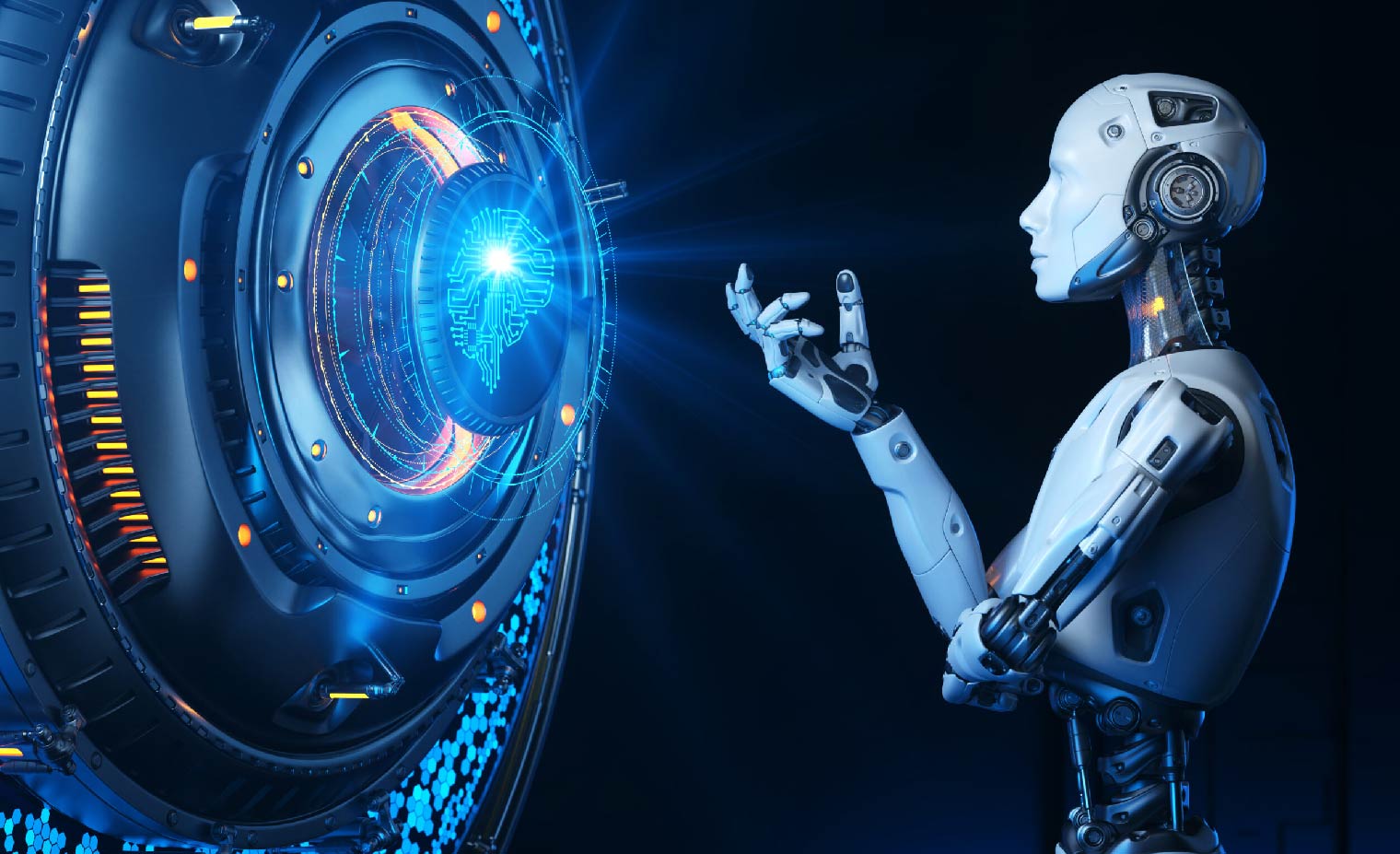Smart cities are increasingly integrating AI-powered infrastructural and data technologies to enhance urban living, improve efficiency, and ensure sustainability. The primary goal of these advancements is to create more connected, responsive, and intelligent environments that can anticipate and adapt to the needs of residents. As cities around the world embrace digital transformation, the deployment of artificial intelligence and data analytics in city infrastructure has become pivotal. This integration allows for more effective management of resources, reduced operational costs, and improved quality of life for citizens. One of the key benefits of AI in smart cities is the ability to manage vast amounts of data generated by various city systems. By utilizing real-time data from sensors, cameras, and other monitoring devices, cities can track and analyze traffic flow, energy consumption, waste management, and even environmental quality. This data-driven approach enables urban planners and administrators to make informed decisions, optimize services, and respond promptly to emerging challenges. For instance, smart traffic management systems can automatically adjust traffic signals based on real-time vehicle data, reducing congestion and minimizing pollution levels.

AI-powered smart cities also leverage predictive analytics to forecast and mitigate problems before they arise. Machine learning algorithms can analyze historical data patterns to predict events like power outages, water shortages, or even crime rates. These predictive capabilities allow city authorities to take proactive measures, such as optimizing electricity grids to avoid blackouts or deploying additional police patrols in high-risk areas. The use of AI in such contexts not only enhances efficiency but also contributes to the safety and security of urban spaces. The concept of the smart city extends beyond technology alone; it involves a holistic approach to urban planning that incorporates social, economic, and environmental dimensions. AI technologies facilitate the integration of these various elements by enabling better communication between systems and departments. For instance, by connecting databases and using AI tool reviews for data analytics, municipalities can streamline processes such as waste collection, street maintenance, and public transportation schedules. This interconnectedness fosters a more responsive and adaptive urban environment, capable of addressing the complex challenges faced by modern cities.
Moreover, AI in smart cities is not just about automation; it also includes the empowerment of citizens through enhanced digital interfaces. Smart applications and platforms provide residents with real-time access to information and services, enabling them to monitor utility usage, track waste collection, or even report issues directly to city officials. This direct line of communication between the city and its inhabitants helps to foster a sense of community and accountability. It also allows for a more participatory approach to urban management, where citizens can contribute to decisions that affect their daily lives. Finally, as smart cities continue to evolve, they must address the challenges associated with data privacy and cybersecurity. With vast amounts of personal and sensitive information being processed, protecting data from breaches and ensuring the security of AI systems is crucial. Governments and technology developers need to work together to implement robust regulations, standards, and protocols to safeguard against threats. Building trust with residents is essential for the successful adoption and integration of smart city technologies.
